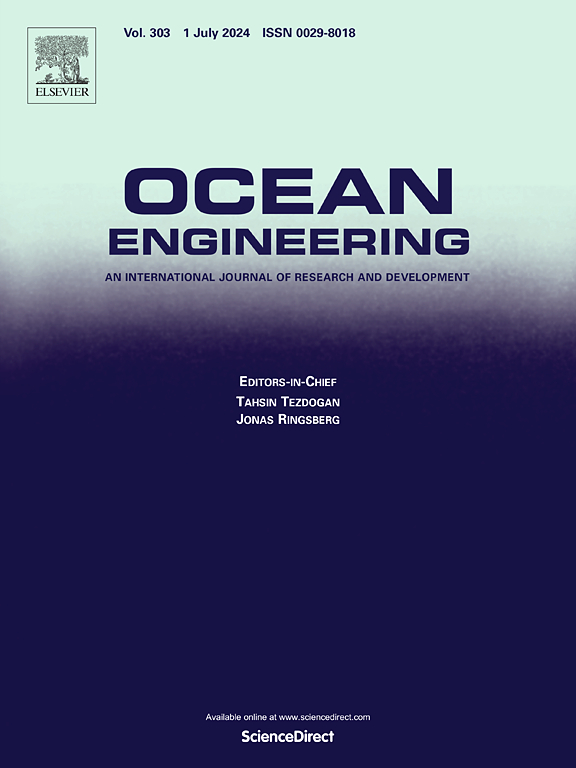Machine learning approaches to predict significant wave height and assessment of model uncertainty
IF 4.6
2区 工程技术
Q1 ENGINEERING, CIVIL
引用次数: 0
Abstract
Precise prediction of significant wave height (SWH) is crucial for marine operations and coastal management. Different methods like machine learning (ML) and numerical techniques can be used for SWH modeling. Quantifying the uncertainty in SWH predictions from these models is crucial for selecting the appropriate modeling approach. The SWH at three locations along India's west coast, Jaitapur, Mumbai, and Kochi, were modeled employing three different ML approaches: Artificial Neural Network (ANN), Support Vector Machine (SVM), and Long Short-Term Memory (LSTM). The critical ocean and atmospheric variables that impact SWH at these locations were determined to be total precipitation and horizontal and vertical wind speed components measured 10 m above the sea surface. The performance of the three ML models was evaluated using statistical metrics and graphical indicators. Uncertainty in SWH predictions stemming from each model was assessed using Bootstrap Resampling and Quantile Regression. The performance evaluation results revealed that ANN and LSTM outperformed the SVM model regarding SWH predictions. The trend in SWH from LSTM and ANN models matched reanalysis data trends at all three locations. Furthermore, it was discerned that the uncertainty in SWH predictions is higher with the SVM model, followed by the LSTM and ANN models.
求助全文
约1分钟内获得全文
求助全文
来源期刊

Ocean Engineering
工程技术-工程:大洋
CiteScore
7.30
自引率
34.00%
发文量
2379
审稿时长
8.1 months
期刊介绍:
Ocean Engineering provides a medium for the publication of original research and development work in the field of ocean engineering. Ocean Engineering seeks papers in the following topics.
 求助内容:
求助内容: 应助结果提醒方式:
应助结果提醒方式:


